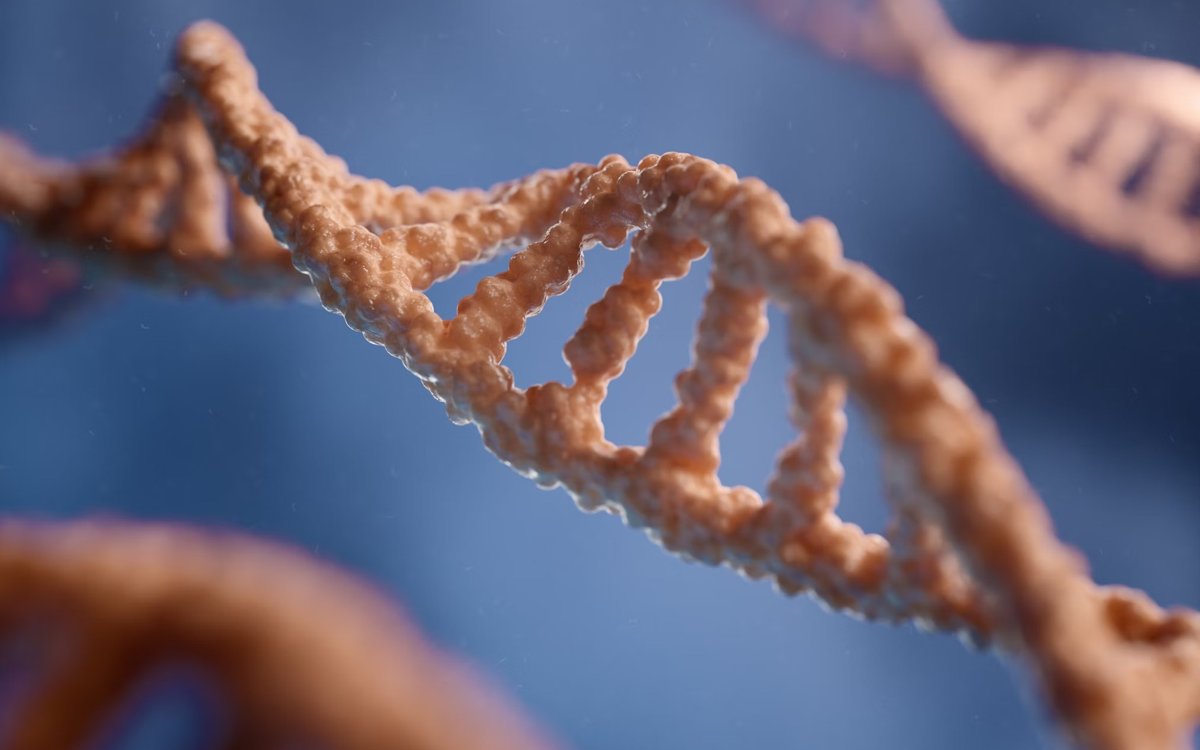Using CRISPR-Cas9, researchers at Mie University have successfully removed the extra copy of chromosome 21 from affected cells in laboratory settings — a scientific milestone that could reshape future approaches to treating the condition.
Understanding Down syndrome and the CRISPR breakthrough
Down syndrome, or trisomy 21, affects approximately 1 in every 700 births in the United States and is caused by an extra copy of chromosome 21. This additional genetic material disrupts normal cellular processes, leading to a range of developmental and health issues, including intellectual disabilities, congenital heart defects, and increased risk for Alzheimer’s disease.
The Mie University team, led by researcher Ryotaro Hashizume, has now demonstrated that the CRISPR-Cas9 gene-editing tool can selectively remove this surplus chromosome in human cells.
“Trisomic rescue via allele-specific multiple chromosome cleavage using CRISPR-Cas9 in trisomy 21 cells,” the team wrote in their paper published in PNAS Nexus.
CRISPR-Cas9 works by using a specialized enzyme that targets and cuts precise DNA sequences. In this study, researchers engineered CRISPR guide molecules to recognize only the extra copy of chromosome 21 — a process called allele-specific editing.
“We designed our CRISPR system to target the extra chromosome without affecting the normal pair,” Hashizume explained. “Our goal was to remove the surplus material and see whether the cell’s gene expression returned to typical levels.”
Initial tests were conducted on lab-grown stem cells. After the extra chromosome was removed, the scientists observed normalized patterns of gene expression and protein production. Importantly, genes associated with nervous system development became more active, while those tied to metabolism were suppressed — consistent with earlier research suggesting that trisomy 21 interferes with fetal brain development.
Impact on cell health and potential applications
The research team extended their trials beyond stem cells by editing skin fibroblasts — mature, non-stem cells taken from people with Down syndrome. In these cases as well, the extra chromosome was successfully removed in many of the treated cells.
“These results are particularly promising,” Hashizume noted. “Even in differentiated cells, we observed correction of the chromosomal abnormality, which opens the door to broader applications across various tissue types.”
Following the removal of the surplus chromosome, the corrected cells showed improved biological function. They grew at a faster rate and had a shorter doubling time compared to untreated trisomic cells. Additionally, the treated cells produced fewer reactive oxygen species — harmful byproducts associated with cellular stress and aging — indicating improved mitochondrial function and overall cell fitness.
However, the process is not without challenges. Some CRISPR cuts affected healthy chromosomes, raising concerns about off-target effects. To address this, researchers are refining the guidance molecules to ensure they bind only to the extra chromosome 21.
“Precision is critical,” Hashizume emphasized. “We are optimizing our targeting strategy and evaluating how these edited cells behave over time in real-world biological systems.”
Experts say the implications are far-reaching. If the technique proves safe and reliable, it could be applied in regenerative medicine — for instance, in stem-cell-based therapies that use corrected cells to replace or repair damaged tissues in individuals with Down syndrome.
Ethical considerations and future outlook
While the science moves forward, the possibility of genetically eliminating Down syndrome raises profound ethical questions.
In Iceland, the condition has already become rare due to widespread prenatal screening and abortion decisions. This trend has sparked international debate. “When we start listening to what people with Down syndrome themselves have to say about this … they find it disturbing … and we hear the same stories from their families,” told ABC News Australia Astridur Stefansdottir, a medical doctor and professor in applied ethics at the University of Iceland.
The Japanese team has made clear that their goal is not to erase Down syndrome from society, but to better understand how genetic editing can relieve the biological burdens associated with it.
Down syndrome remains associated with a wide spectrum of medical conditions. Nearly 50% of individuals are born with a congenital heart defect — most commonly an atrioventricular septal defect. They are also at higher risk for gastrointestinal problems, thyroid dysfunction, immune system irregularities, and early-onset Alzheimer’s disease.

Scientists believe the extra chromosome 21 increases the production of amyloid precursor protein, which leads to amyloid beta plaque buildup in the brain — a key marker of Alzheimer’s. This has contributed to the three-to-five times higher risk of dementia in individuals with Down syndrome compared to the general population.
By removing the extra chromosome, researchers hope to reduce or delay the onset of these comorbidities. Still, experts caution that clinical application remains distant. “This technique is not ready for use in hospitals or routine medical practice,” Hashizume said. “But it sets a new benchmark for what CRISPR can do — not just editing single genes, but removing entire chromosomes.”
The study’s publication in PNAS Nexus marks a significant step in chromosome-level gene editing. As research continues, the team plans to conduct long-term monitoring of modified cells and explore whether the technique can be adapted for in vivo use.
Earlier, it was reported that scientists at the University of Florida (UF) have developed a groundbreaking mRNA vaccine that activates the immune system to target and destroy various types of tumors, offering new hope for a universal cancer treatment.
